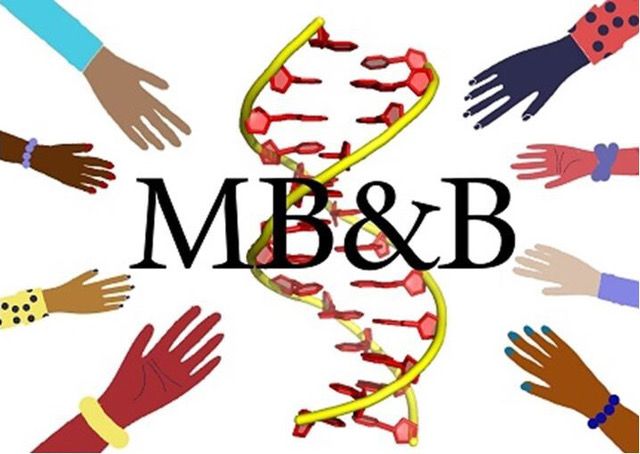
Thank you 🙏, Christian, for sharing your inspiring science and ideas, and for such engaging discussions with PIs and my team. A truly wonderful visit! 🤩😁



Great times at our Octoberfest @yalembb.bsky.social yesterday with perfect weather and amazing home-brew!




Great times at our Octoberfest @yalembb.bsky.social yesterday with perfect weather and amazing home-brew!
#Lasker2025
📖: laskerfoundation.org/winners/2025...
👀: laskerfoundation.org/the-2025-las...

#Lasker2025
📖: laskerfoundation.org/winners/2025...
👀: laskerfoundation.org/the-2025-las...


💚 Thanks to the team @biswashere.bsky.social, Omar Muñoz, ✨Q✨ C. Hoege, B. Lorton, R. Nikolay @matthewkraushar.bsky.social @dshechter.bsky.social @gucklab.bsky.social @vasilyzaburdaev.bsky.social 💚

👉Cytoplasmic material properties control spindle architecture and scaling 👉 out today @natcellbio.nature.com rdcu.be/eqPr8

👉Cytoplasmic material properties control spindle architecture and scaling 👉 out today @natcellbio.nature.com rdcu.be/eqPr8

-RNF26 and ZNF335 protect against harmful protein buildup.
-identification of compounds that have potential to counteract toxic condensates.
-Links to zinc biology, autophagy, and oxidative stress offer new therapeutic angles.

-RNF26 and ZNF335 protect against harmful protein buildup.
-identification of compounds that have potential to counteract toxic condensates.
-Links to zinc biology, autophagy, and oxidative stress offer new therapeutic angles.


We use TurboID sub-organelle proteomics to map the ER network.
We find calmin/CLMN, an ER-to-actin tether regulating focal adhesions & cell motility.
www.sciencedirect.com/science/arti...

We use TurboID sub-organelle proteomics to map the ER network.
We find calmin/CLMN, an ER-to-actin tether regulating focal adhesions & cell motility.
www.sciencedirect.com/science/arti...




Apply now at apply.interfolio.com/162132

Apply now at apply.interfolio.com/162132
Now online & OA @currentbiology.bsky.social
Thanks to Ella, Luca, @biswashere.bsky.social & Carolyn @mpiib-berlin.mpg.de @BirkbeckUoL 🙌
Enjoy reading! 👉 www.cell.com/current-biol...

Now online & OA @currentbiology.bsky.social
Thanks to Ella, Luca, @biswashere.bsky.social & Carolyn @mpiib-berlin.mpg.de @BirkbeckUoL 🙌
Enjoy reading! 👉 www.cell.com/current-biol...


